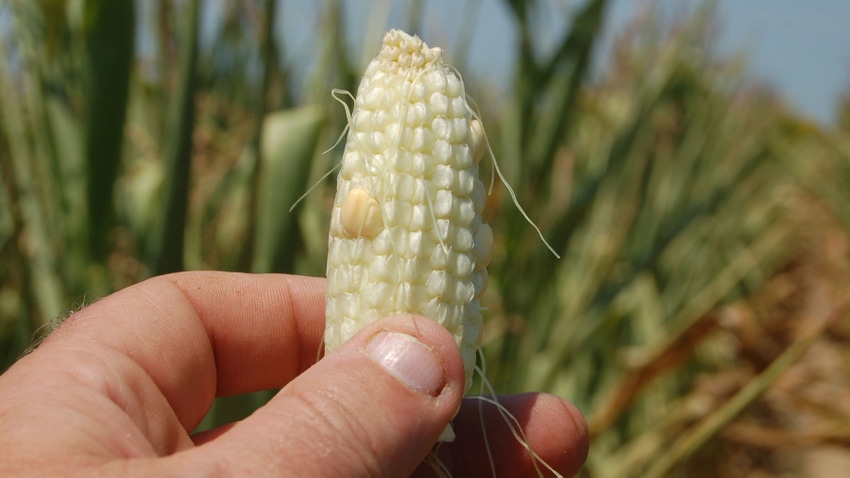
The forecast Eric Snodgrass issued in March called for ample to excessive moisture over much of the Corn Belt into May. From then on, the agricultural climatologist with Nutrien saw a relatively mild summer shaping up with adequate moisture. There were rumors of drought on social media — there are almost always rumors of drought — but Snodgrass laid those to rest.
Everything seemed set — except that’s not what happened. And Snodgrass acknowledges it. “Our forecast was on target until about May 10; then things started changing,” he says. “We weren’t getting storms through the Midwest we normally get. From May 10 on, there just weren’t major storms, and drought developed. We had not anticipated drought, because our information anticipated fronts being in place to create storms with ample moisture during late May and June.”
Missing link
Snodgrass takes weather forecasting seriously, although he also quickly acknowledges that forecasts beyond a week to 10 days are far less reliable. “We’re far more accurate over time than we once were, but it’s still an inexact science,” he says.
Because he knew how drought could affect his customers, primarily farmers, the fact that the weather wasn’t behaving as expected gnawed at him. “Something was off, but we couldn’t figure it out,” Snodgrass recalls. “Something was missing, but we didn’t know what it was.”
Finally, on May 20, Snodgrass woke up early and the answer hit him. “We had forgotten about the Bermuda high,” he explains. “It’s something we typically assume will be in place, so we don’t pay much attention to it. It is a high-pressure system in the Atlantic Ocean, and it’s the frontal system needed to trigger rain and storms when other elements are in place.
“Very rarely, it takes off and disappears. Sure enough, when I looked at detailed maps, it wasn’t in position over the Atlantic. Instead, it wandered off toward Europe. That was the missing link. Without the Bermuda high to trigger storms, they just weren’t developing. When it finally returned in very late June, we began getting storms again.”
Making rain
It takes four ingredients to make rain, Snodgrass says. Understanding these four inputs makes it easier to understand why an early drought developed, and why rains finally returned.
1. Particles to make nuclei of raindrops. Soot, volcanic ash and pollen grains are all materials that can form the nucleus for a raindrop to develop at the molecular level, Snodgrass says. However, if there are too many fine particles — as happened with wildfire smoke from Canada filtering into Indiana, upper parts of the Midwest and the Northeast — they’re so dispersed that raindrops don’t form readily.
2. Moisture. Moisture must be present. Often, it’s from the Gulf of Mexico. “Look back at the years with key droughts, and the missing ingredient was moisture coming up from the Gulf,” Snodgrass says.
3. Warm air rising. “We rely on convection in the Midwest because we don’t have mountains to move the air,” Snodgrass explains.
4. Frontal systems. Warm air with moisture building around nuclei meets cold air from a front aloft, leading to storms. “Since the end of June, this process returned to work over much of the Midwest,” Snodgrass concludes.
About the Author(s)
You May Also Like




